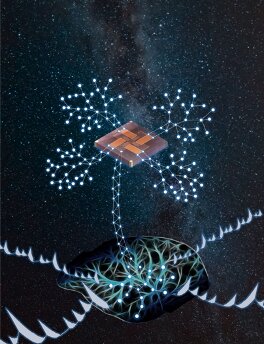
Neuromorphic computing entails building architectures inspired by elements of the human brain, such as neural organization and synapses. These architectures have proved to be highly promising and advantageous for a number of applications, as they can have both memory and learning functions.
Most current neuromorphic architectures artificially recreate the plasticity (i.e., ability to be easily shaped over time) of synapses, which are junctions between nerve cells that enable the propagation of impulses across brain regions...
Read More





Recent Comments